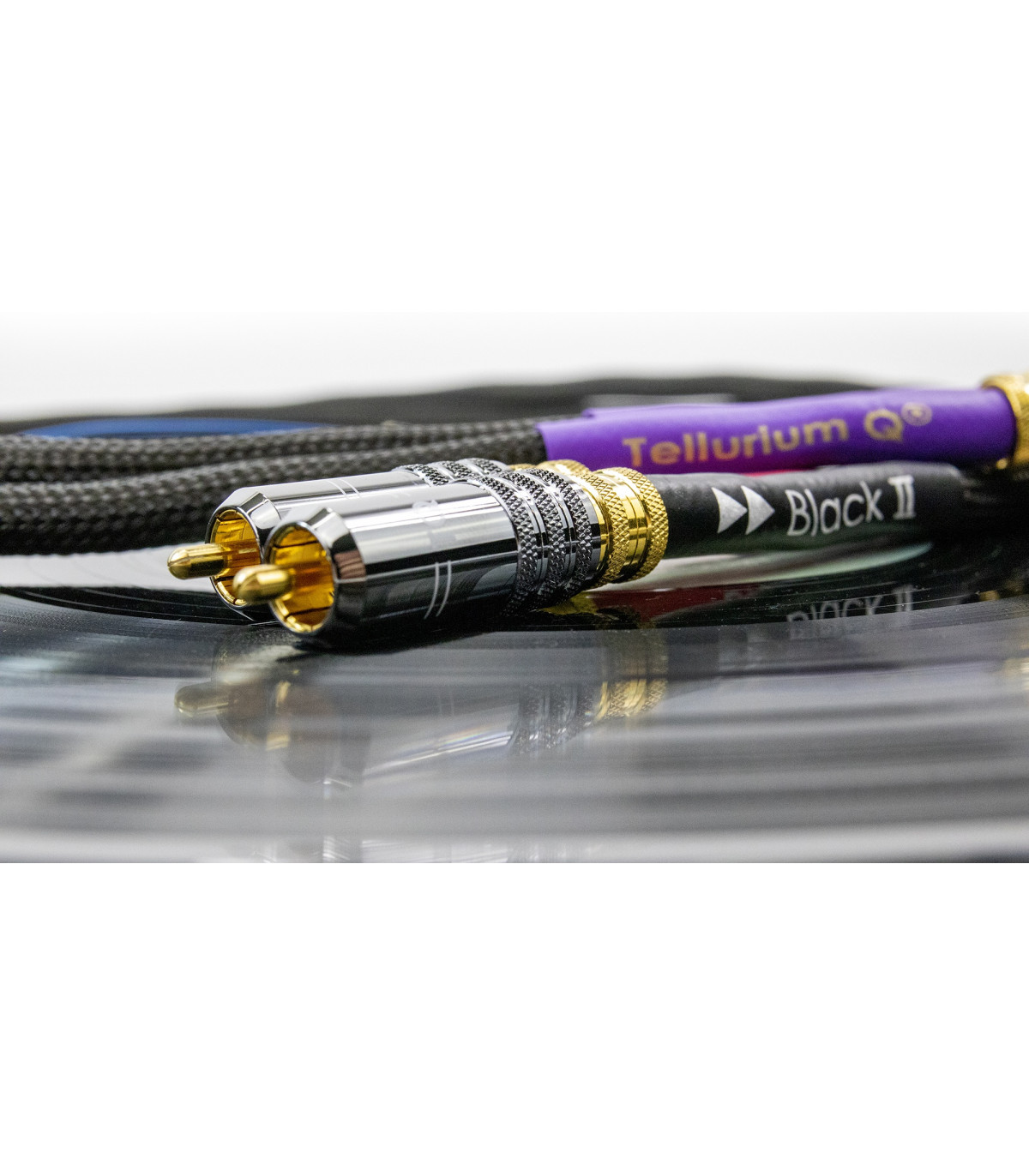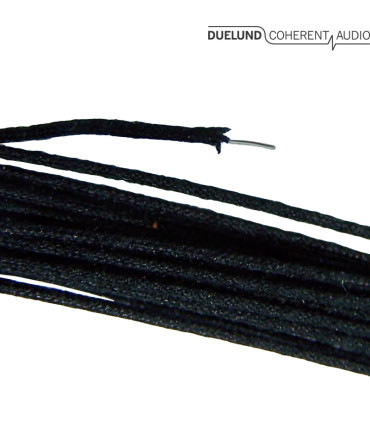ATTENTION: Tellurium Q products can only be shipped in Italy, for this reason orders received from abroad will be canceled.
Tellurium Q Black II Turntable RCA Phono Cable
ATTENTION: Tellurium Q products can only be marketed in Italy, for this reason orders received from abroad will be canceled.
Tellurium Q Black dedicated Phono cable, 1 meter lenght, RCA terminated both sides. ( different lenghts can always be requested contacting us).
Please note that these interconnects are directional and for the best sound the signal must travel in the direction of the arrow near the centre of the cable.
The grip in the phono plugs is adjustable enabling you to get the best possible fit.
Most amplifiers tend to be built using solid state technology and that normally requires a certain tuning and matching from an interconnect. So these are matched to low impedance devices such as nearly all solid state devices and most modern Valve amplifiers but having said that there are the odd few solid state amplifiers out there that would require a higher impedance match.
By matching the interconnect to your system in this way the ringing (a common fault) is virtually eliminated giving you a clearer, less distorted signal path than you would normally be able to achieve.











































